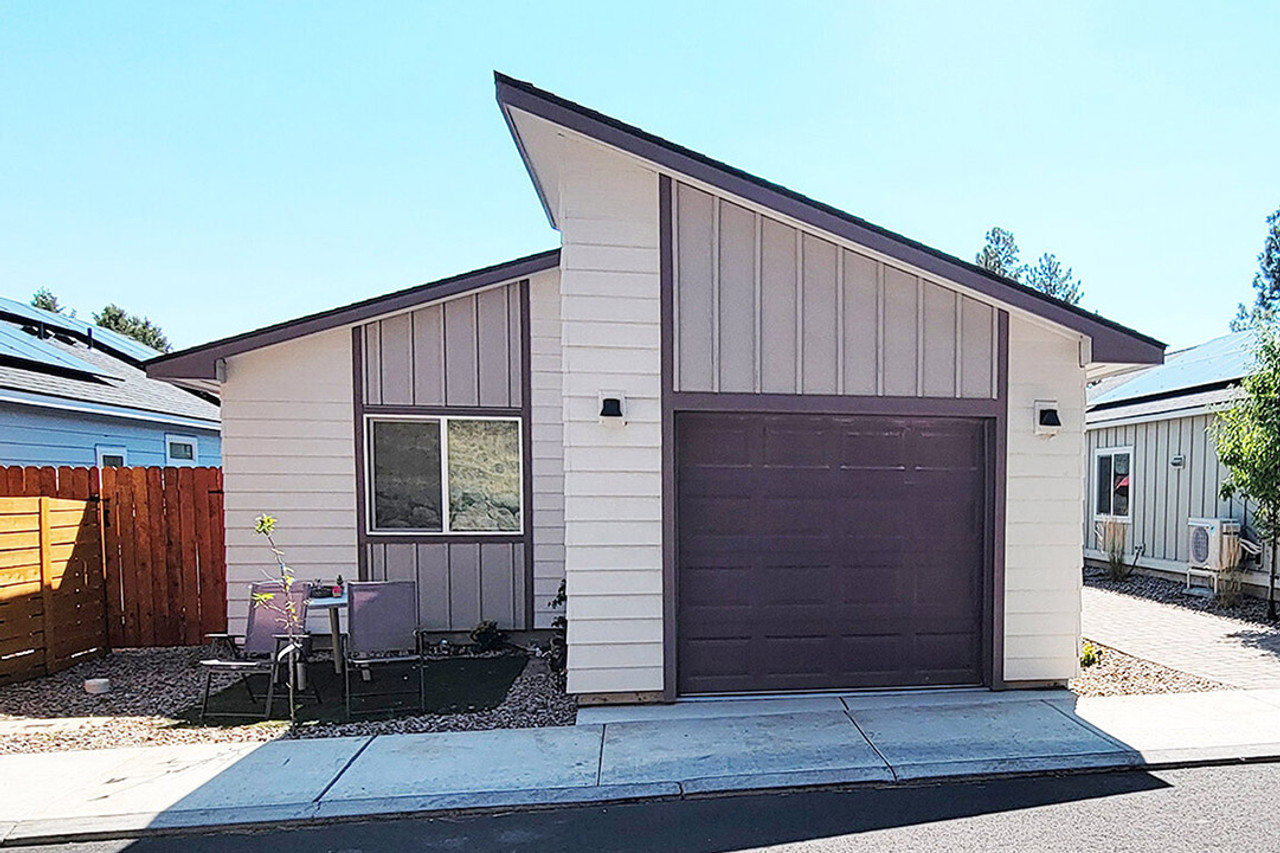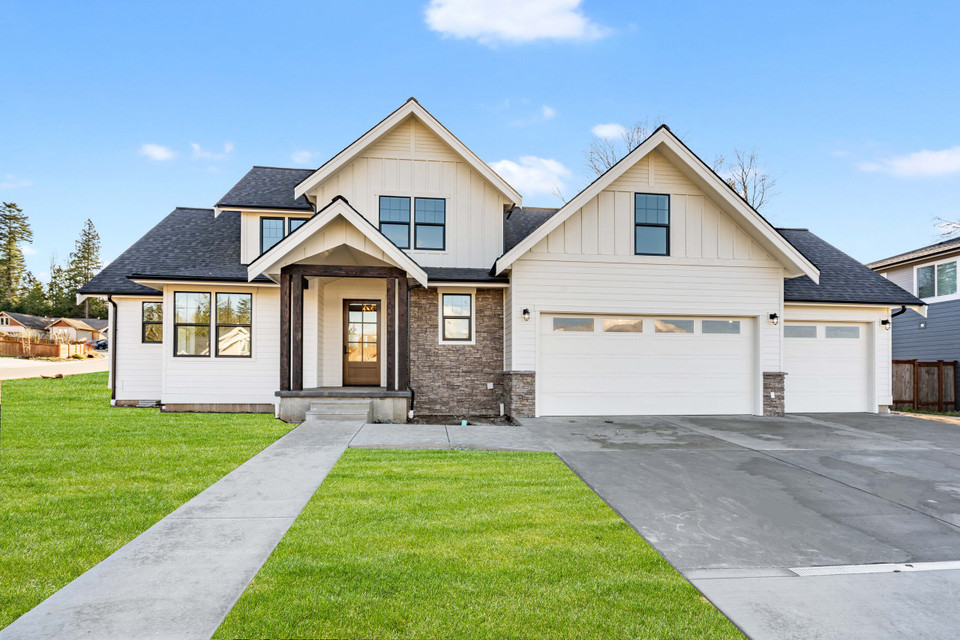Are you passionate about reducing your environmental footprint without sacrificing domestic comfort? Want to embrace sustainable living without giving up on style? Then, you need green house plans (don’t confuse them with greenhouse plans), i.e., designing an eco-conscious and welcoming home with smart layouts, sustainable materials, and energy-efficient features. These elements work in unison to create an amazingly healthy space, perfect for you and the planet. So, want to embrace sustainable style?
It doesn’t matter whether you’re a homeowner, builder, designer, or buyer. You need to understand the principles behind green house plans. These principles will empower you to make healthy and Earth-friendly choices. You can easily maximize the beauty and comfort of your home. Therefore, here's how sustainable style comes to life through thoughtful green home design in your home.
What Makes a House Plan “Green”?
In 2017, a study claimed that over 6 in 10 US citizens were willing to pay slightly more to reside in green communities. However, less than 15% of Americans actually try making their homes more sustainable. A house plan that’s supposed to be “green” goes beyond merely using eco-friendly materials. In fact, it’s a holistic approach that integrates energy efficiency with sustainable sourcing. It looks something like this:
- Energy-Efficient Layout: The core idea behind efficient house plans is to design your home in a way that consumes less energy. You can do that by insulating your residence properly, making it airtight, placing large windows strategically everywhere, using mirrors smartly, etc. Orienting your home to take advantage of the sun’s path is an example here.
- Low-Waste Materials: You can also go with renewable, recycled materials to reduce the carbon footprint stemming from extracting, manufacturing, and transporting building materials. This trick is good for your property’s indoor air quality, since you’ve minimized toxic chemicals. Using locally sourced materials will reduce transportation emissions while also supporting the local economy.
- More Natural Light & Airflow: Open-floor plans will encourage natural lighting to illuminate your home from sunrise to dusk. Also, it’ll promote cross-ventilation, reducing the need for artificial lighting in your home. You should also consider incorporating useful features like clerestory windows as well as skylights.
Smart Layouts for Sustainable Living
The way your home is laid out plays a key role in sustainability. A smaller, compact footprint and flexible spaces help reduce resource use and make your new home easier to maintain. So, when it comes to finding a suitable layout option, you should consult this table:
|
|
Description |
Impact |
Lifestyle Benefits |
Cost Benefits |
|
Smaller footprints |
Compact design requiring fewer materials and less energy for heating and cooling. |
Reduces material use, lowers energy consumption, preserves natural habitat. |
Encourages intentional living with less excess space, easier to maintain. |
Lower construction and utility costs, less upkeep needed. |
|
Open-concept spaces |
Fewer interior walls to allow natural light and airflow to penetrate deeper into the home. |
Decreases reliance on artificial lighting and mechanical ventilation. |
Creates a spacious, bright, & airy environment; promotes social interaction and flexibility. |
Reduces energy bills; fewer walls to maintain or renovate. |
|
Multi-purpose rooms |
Multi-purpose rooms (e.g., a guest room doubling as an office or workout space). |
Limits the need for additional square footage, reducing material and energy demands. |
Provides adaptability for changing needs, maximizing usability of every space. |
Saves on construction and furnishing costs; avoids costly expansions. |
Materials Matter: Choosing Eco-Friendly Building Options
Selecting the right materials is one of the most impactful decisions you can make when designing your energy-efficient home. It is interesting to note that the “green house plans” trend is surging right now. So, if you want to create a highly eco-friendly home, consider using these natural materials:
Reclaimed Wood, Bamboo, & Recycled Steel
When you use reclaimed wood, it will reduce the demand for new lumber. That’s how you can add more character to your home. Also, bamboo grows astonishingly quickly; its renewability makes it perfect for flooring/cabinetry. You should also consider using recycled steel; it reduces waste from mining. Using all these materials is a great way to add unique warmth & texture to your green home’s aesthetic.
Low-VOC Paints and Natural Insulation
Sustainability isn’t a buzzword anymore; it protects us from harmful volatile organic compounds (VOCs), which have put 1 in 3 human beings on Earth at cancer risk. A study claims that 5,000 tons of VOCs were emitted in California alone in 2020. These toxic compounds are found in traditional paints & finishes. So, you can stop using them to avoid chronic ailments. Use low-VOC options for your health, especially the naturally insulating ones, such as sheep’s wool, cork, cellulose, etc.
Durable Materials to Reduce Replacement Over Time
Your green house plans will benefit immensely well from long-lasting materials. These materials require infrequent repairs and replacements. So, you’re essentially lowering your home’s environmental impact over its lifetime. Don’t forget that fiber cement siding, metal roofing, stone, and other such materials do offer amazing durability, withstanding the test of time.
Energy and Water Efficiency Features to Include
Incorporating energy and water-saving technologies is important in any green home design. These highly essential features lower utility bills and reduce your home’s environmental footprint. For instance, solar panels are slowly becoming a must-have in the United States. So, you should look into solar-ready roofing. Place windows strategically to capture sunlight in winter and shade in summer. That's how you optimize heating and cooling. Also, use double-pane and triple-pane windows with low-emissivity coatings; it will help you minimize heat loss and make your sustainable residence more energy-efficient.
In colder climates, you can orient your home to maximize sun exposure. This way, you can easily reduce your heating needs. However, homeowners in warmer areas benefit from using shading devices, such as overhangs and awnings, to keep their houses naturally cool. Green roofs and vertical gardens also offer 100% fantastic insulation, reducing the urban heat island effect. Water-saving plumbing fixtures become important here as well. Here are three water-saving fixtures to make your home truly green:
- Low-flow faucets, dual-flush toilets, and efficient showerheads reduce water consumption.
- Rainwater harvesting systems collect runoff for non-potable uses, conserving municipal water supplies.
- Greywater recycling systems can further reduce freshwater demand by reusing water from sinks and showers for landscaping.
Making Comfort a Priority in a Green Home
But you don't have to sacrifice your comfort for the sake of sustainability. In fact, a sustainable house design will feel more comfortable to you, especially because they feature thoughtful designs and tech. Check out these simple tips to prioritize comfort in your green house plans & construction:
- You should start by setting up smart thermostats and zoning for personalized comfort. They will help you control the temperatures room-by-room. So you can avoid energy wastage while cooling unused spaces. Imagine integrating smart home technology to enable remote monitoring and energy usage optimization in your residence.
- Don't disregard the value of natural ventilation (as mentioned above), especially your clerestory windows and operable skylights. These features are good for promoting airflow. Also, they allow you to regulate temperatures without relying exclusively on mechanical systems. With properly done cross-ventilation, you'll see a stark reduction in indoor humidity levels. The air quality also improves manifold with this simple tip.
- You can even create a warm, inviting atmosphere with natural textures and classic architectural elements, making your sustainable style choice feel luxurious instead of utilitarian. Why don’t you incorporate great features like exposed wood beams and stone accents to add character to your green home? It’ll be splendid.
Bringing It All Together
When it comes to designing a sustainable home, your focus should be on living more harmoniously with your surrounding environment. When you choose an energy-efficient floor plan and eco-friendly materials, you’re reducing your carbon footprint while also creating a beautiful, 99.99% comfortable space that supports your lifestyle. We at the House Plan Company offer a curated collection of green house plans embodying all these principles. Our designs help you build sustainably without compromising on style or comfort.




